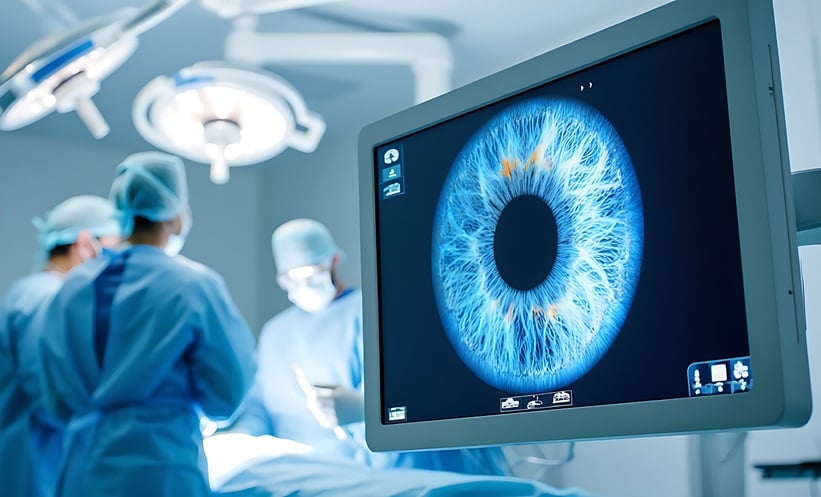The landscape of shopping is undergoing a fundamental shift as AI agents increasingly help consumers discover, compare, and decide what to buy. To power this evolution, commerce infrastructure needs to be open, secure, and interoperable. That’s why we are proud to announce PayPal’s support of Google’s Universal Commerce Protocol (UCP), launched today. As part of our support, PayPal will soon be a payment option available within a new checkout feature on Google, powered by UCP.
This collaboration and the launch of UCP marks a milestone for the industry. Much like the introduction of other open standards, Google’s UCP is a breakthrough moment that will soon enable merchants to make their products available and purchasable in AI Mode in Google Search and the Gemini app.
“The next generation of commerce will be defined by how well we build open, trusted infrastructure that serves everyone,” said Michelle Gill, GM of Small Business and Financial Services, PayPal. “Supporting and collaborating with Google on UCP reflects our role in bringing a trusted payments experience layer that makes agentic commerce a reality for consumers.”
Expanding payment choice
For merchants, the challenge of agentic commerce has been the complexity of fragmented platforms. PayPal solves this by acting as a trusted infrastructure layer for agentic commerce. For more than 25 years, we have connected hundreds of millions of consumers and tens of millions of merchants through reliable payments and fraud protection, along with our buyer and seller protections. As commerce becomes more agent-driven, those foundations matter more than ever.
“Protocols like UCP turn agentic commerce into something merchants can actually adopt at scale,” said Prakhar Mehrotra, SVP and Head of AI at PayPal. “Interoperability is what allows retailers to connect once and reach many environments, while maintaining trust, transparency, and control.”
The future is built together
Last year, agentic commerce made the leap from theoretical idea to practical reality for merchants and consumers alike. At PayPal, we’re committed to building the trusted infrastructure that makes this future possible with the ecosystem.
“For agentic commerce to scale, it’s critical for the industry to align on a common set of standards. We are proud to have PayPal endorse the Universal Commerce Protocol as the foundation for that future,” said Ashish Gupta, VP/GM, Merchant Shopping, Google.
Our work with Google on UCP is one step in that journey, reinforcing our belief that the next era of commerce should be open, trusted, and built together. Because the future of commerce isn’t about who controls the interface. It’s about who helps the ecosystem work.
For more information about PayPal’s agentic commerce offerings and approach, visit PayPal.ai.







